

1921-2011
She was already a favorite of WWII GIs before her first film, The Outlaw, was ever released.  She had been plucked from her receptionist job by Howard Hughes, who knew a pair of winning traits when he saw them. Though he had the reputation of bedding a bevy of beauties during the time he was producing films (and running RKO, which he purchased in order to offer Jane Russell $1000 a week on contract), his relationship with our buxom star remained platonic. Jane's marriage to the quarterback for the L.A. Rams might have had something to do with that. But by all accounts, Russell learned a bitter lesson about promiscuity when she endured a back-alley abortion while in high school; the operation rendered her unable to have children (she later adopted three). After her film career dried up, she became a conservative right-winger, formed a Christian singing group, and recorded several gospel albums. It's hard to believe, but around this time (1971), she replaced Elaine Stritch in the original production of Broadway's Company; here she is with director Hal Prince:
She had been plucked from her receptionist job by Howard Hughes, who knew a pair of winning traits when he saw them. Though he had the reputation of bedding a bevy of beauties during the time he was producing films (and running RKO, which he purchased in order to offer Jane Russell $1000 a week on contract), his relationship with our buxom star remained platonic. Jane's marriage to the quarterback for the L.A. Rams might have had something to do with that. But by all accounts, Russell learned a bitter lesson about promiscuity when she endured a back-alley abortion while in high school; the operation rendered her unable to have children (she later adopted three). After her film career dried up, she became a conservative right-winger, formed a Christian singing group, and recorded several gospel albums. It's hard to believe, but around this time (1971), she replaced Elaine Stritch in the original production of Broadway's Company; here she is with director Hal Prince:

She remained in the role for 6 months, though I can't imagine what her rendition of "Ladies Who Lunch" must have sounded like.
But it's her film career which provides this week's Dance Party. Her debut in The Outlaw became
 mired in censorship issues, due solely to the form-fitting costumes Russell was barely wearing in the film. The notoriety of the fight with the censors insured that Jane would become a sex symbol. (During this period, Howard Hughes invented the underwire bra for his new star, but she found it too uncomfortable and abandoned it in favor of her own. But it began a relationship with female foundation garments which continued throughout her career.) Anyway, it turned out that she had a terrific presence on film, and had a way with a comic quip as well. She played opposite Bob Hope in Paleface and its sequel, Son of Paleface.
mired in censorship issues, due solely to the form-fitting costumes Russell was barely wearing in the film. The notoriety of the fight with the censors insured that Jane would become a sex symbol. (During this period, Howard Hughes invented the underwire bra for his new star, but she found it too uncomfortable and abandoned it in favor of her own. But it began a relationship with female foundation garments which continued throughout her career.) Anyway, it turned out that she had a terrific presence on film, and had a way with a comic quip as well. She played opposite Bob Hope in Paleface and its sequel, Son of Paleface. 
In the 50s, her costars included Clark Gable, Frank Sinatra, Robert Mitchum, Vincent Price, Victor Mature, and Groucho Marx. Her most famous costar, though, was probably Marilyn
 Monroe, with whom she appeared in the film from which today's Dance Party is plucked, Gentlemen Prefer Blondes. Based on the Broadway musical which turned Carol Channing into a star, the film takes place on an ocean liner, and concerns two showgirls, played by Monroe and Russell. The following song was written by Hoagy Carmichael for the film (it is not part of the original score of the stage show), and provides Jane with a big number which showcases her figure without revealing that she cannot dance:
Monroe, with whom she appeared in the film from which today's Dance Party is plucked, Gentlemen Prefer Blondes. Based on the Broadway musical which turned Carol Channing into a star, the film takes place on an ocean liner, and concerns two showgirls, played by Monroe and Russell. The following song was written by Hoagy Carmichael for the film (it is not part of the original score of the stage show), and provides Jane with a big number which showcases her figure without revealing that she cannot dance:Jane Russell died this week at the age of 89.
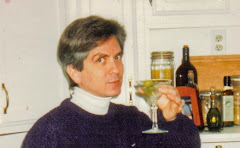
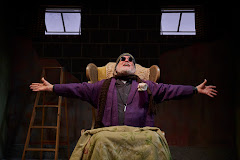




























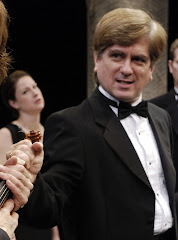
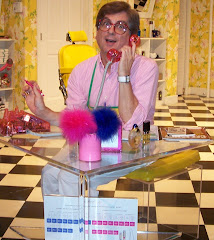
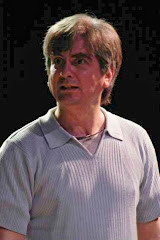
,+Olney+Theatre+Center,+2004.jpg)


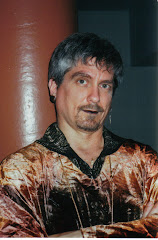
,+Shakespeare+Theatre+Company,.jpg)
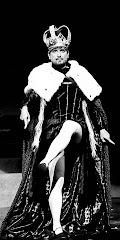

,+Warehouse+Theatre,+1999.jpg)
,+Are.jpg)
,+Everyman+Theatre,2002.jpg)
,+First+Nationa.jpg)
,+Shakespeare+Theatre+Company,.jpg)


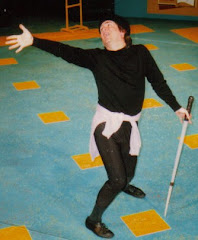
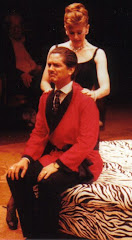
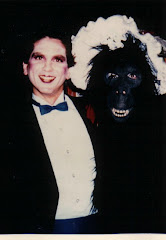
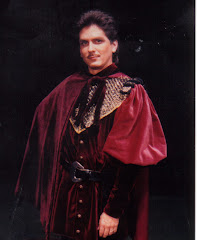
,+Granada+Th.jpg)
,+Globe+Playhouse,.jpg)
,+CSUN,+1976.jpg)
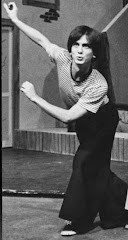


No comments:
Post a Comment